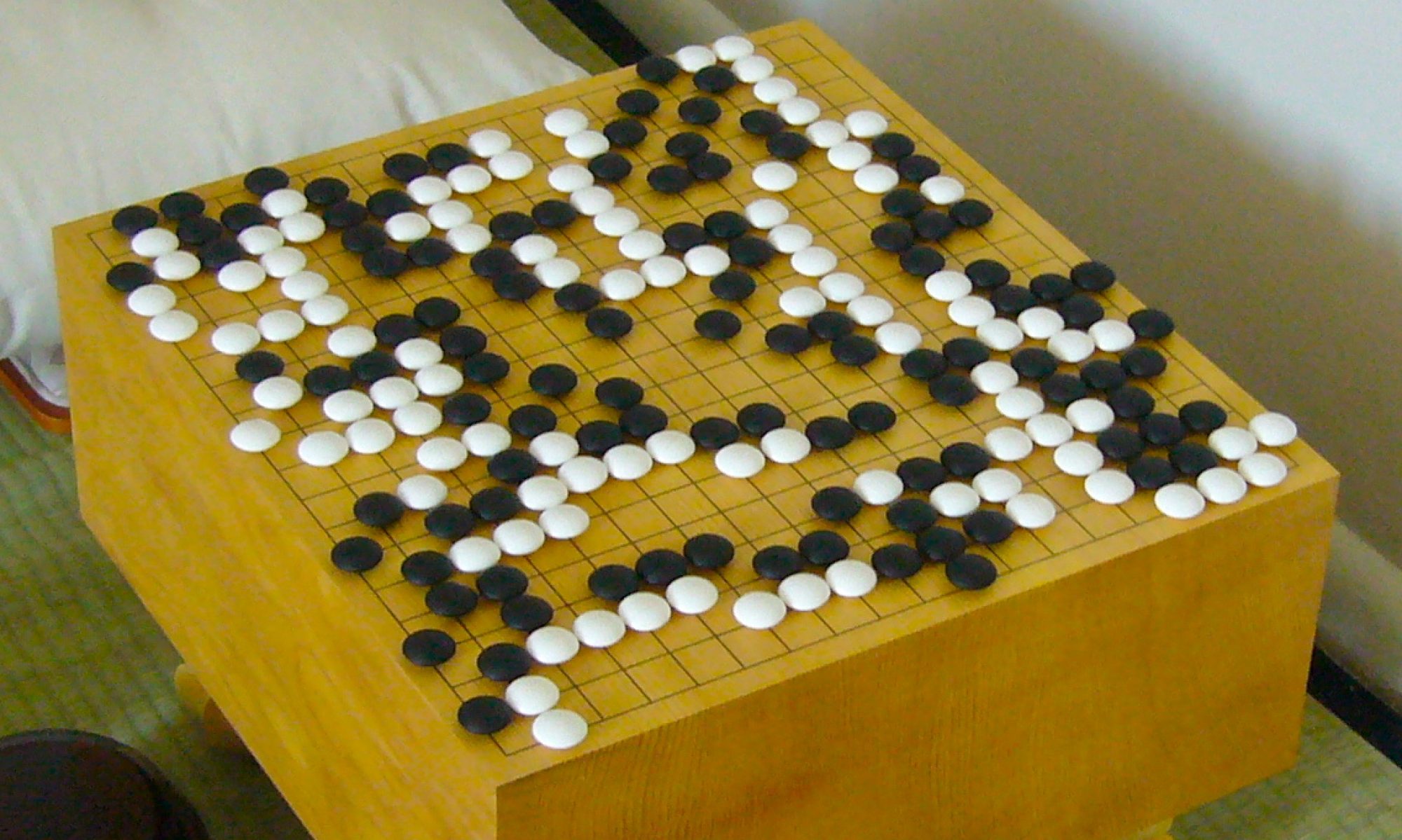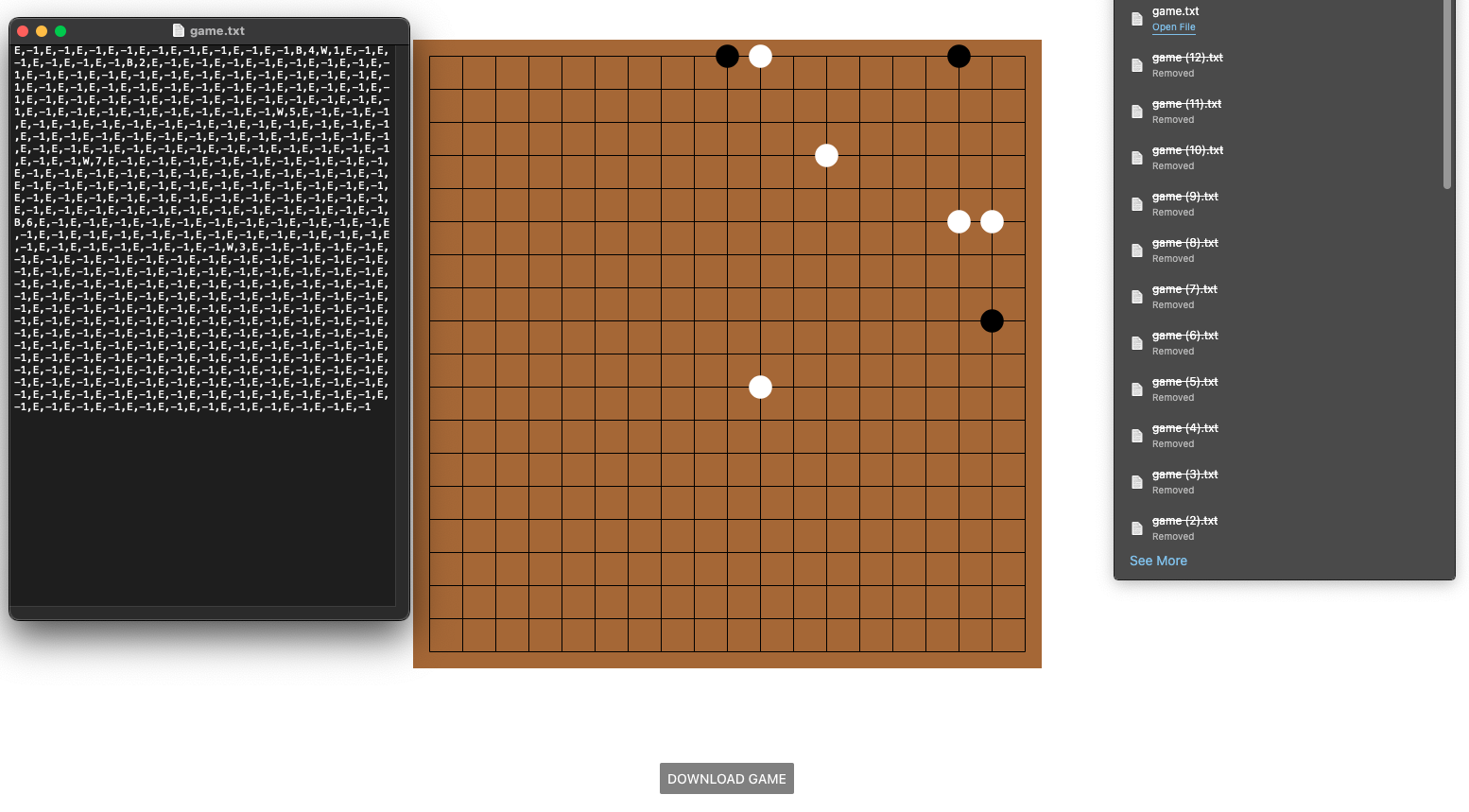This week most of the time was spent wrapping up various parts of my part of the project as well as integrating the different components together. Once Nathan was done training his new engine, I hooked the new engine to the backend server which was pretty seamless since I had an older version of his engine already hooked up. I’ve had to change how I save the game states to deal with captures in an easier way by simply reading in the game state from the physical board, instead of checking for the new move(s) from the read in state. This means that I had to save the board state at each move, instead of saving the move number in each of the board positions.
For integrating the physical board, there were a few issues I had to resolve in order to get the integration to work. To read in information from the serial port on my Flask server on the RPi, I would have to have while true loop that constantly checked the serial port to see if any new data has been received, however, Flask typically doesn’t allow for this type of structure, so I had to spawn a new thread that did this check. Whenever this thread finds that the Arduino has sent new information, the new information is emitted to the web application via the “update_board” websocket. If the Arduino/physical board requested for a move suggestion, the request is emitted from the RPi to the web application via the “update”board” websocket, the web application then makes a request to the game engine endpoint to get the recommended moves, the recommend moves are then emitted back to the RPi via the “recommended_moves” websocket, and then the Flask server on the RPi writes the recommended move to the serial port.
I’ve also spent some time helping Israel construct LEDS on the board in order to speed up the integration process.
My progress is currently on track: we’ve tested communication from the Arduino to the RPi and communication from the RPi to the Arduino (verifying info with minicom serial monitor). The only item left is to replace some mux components on the board since they were short circuited.












